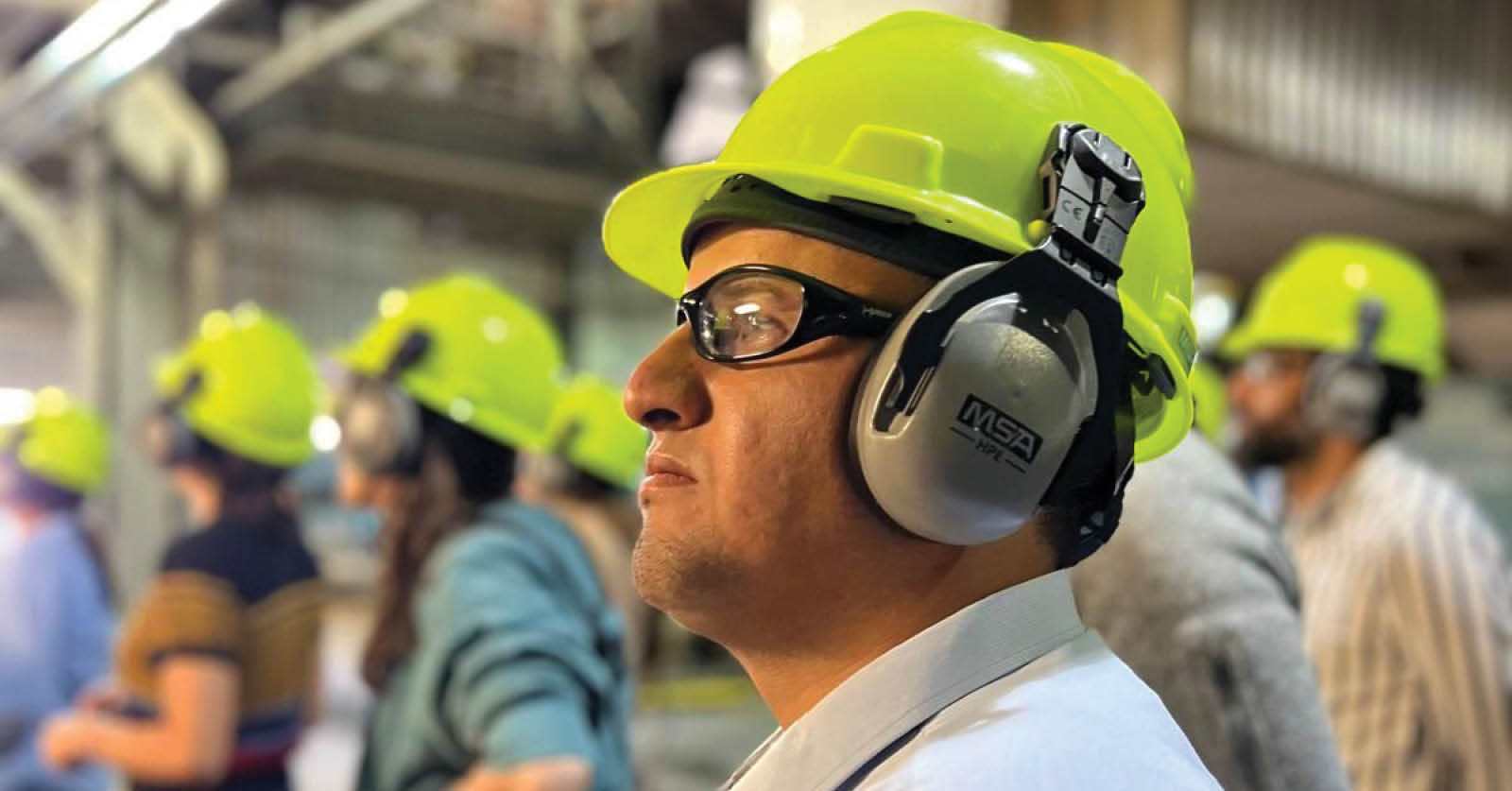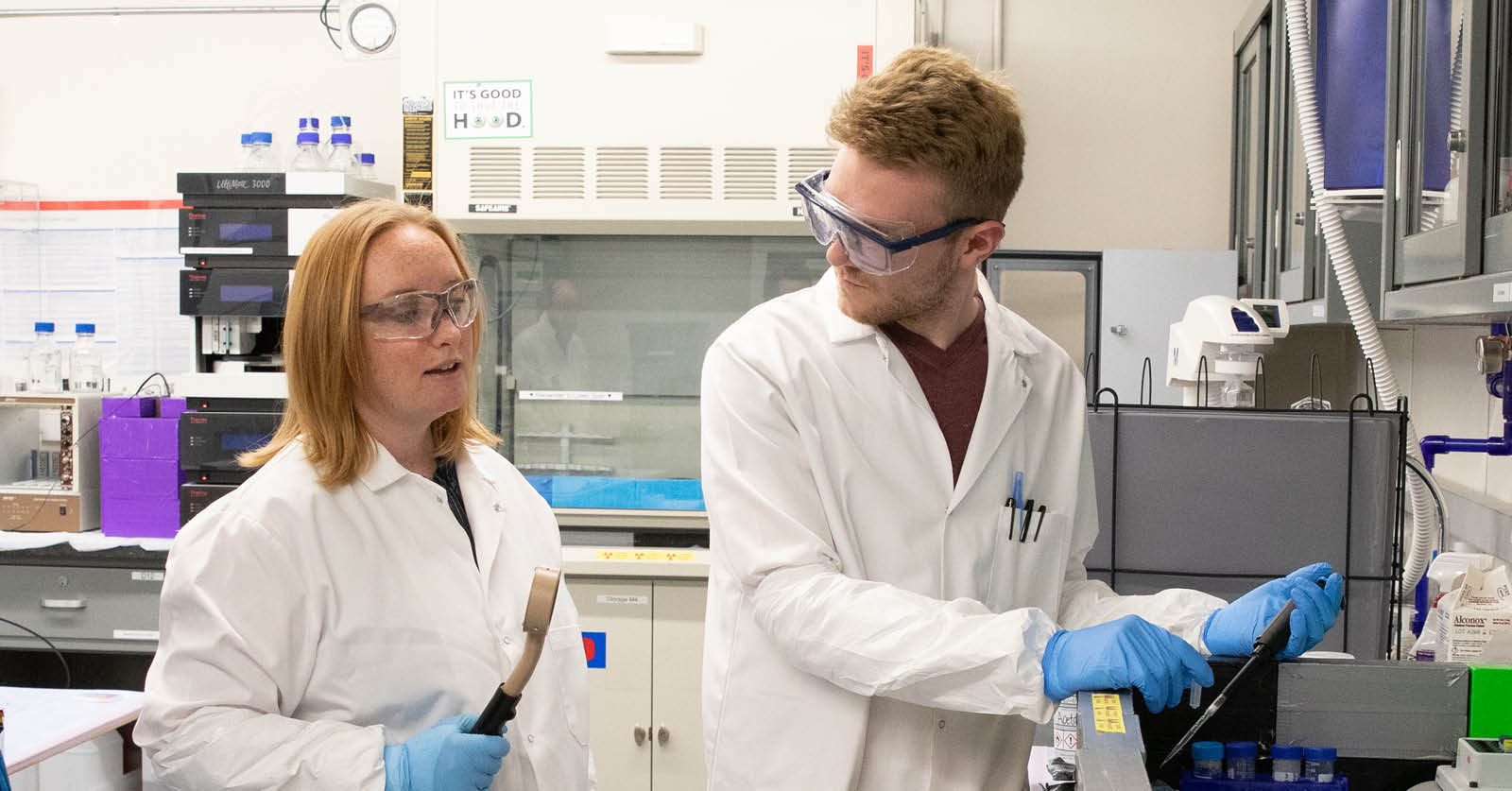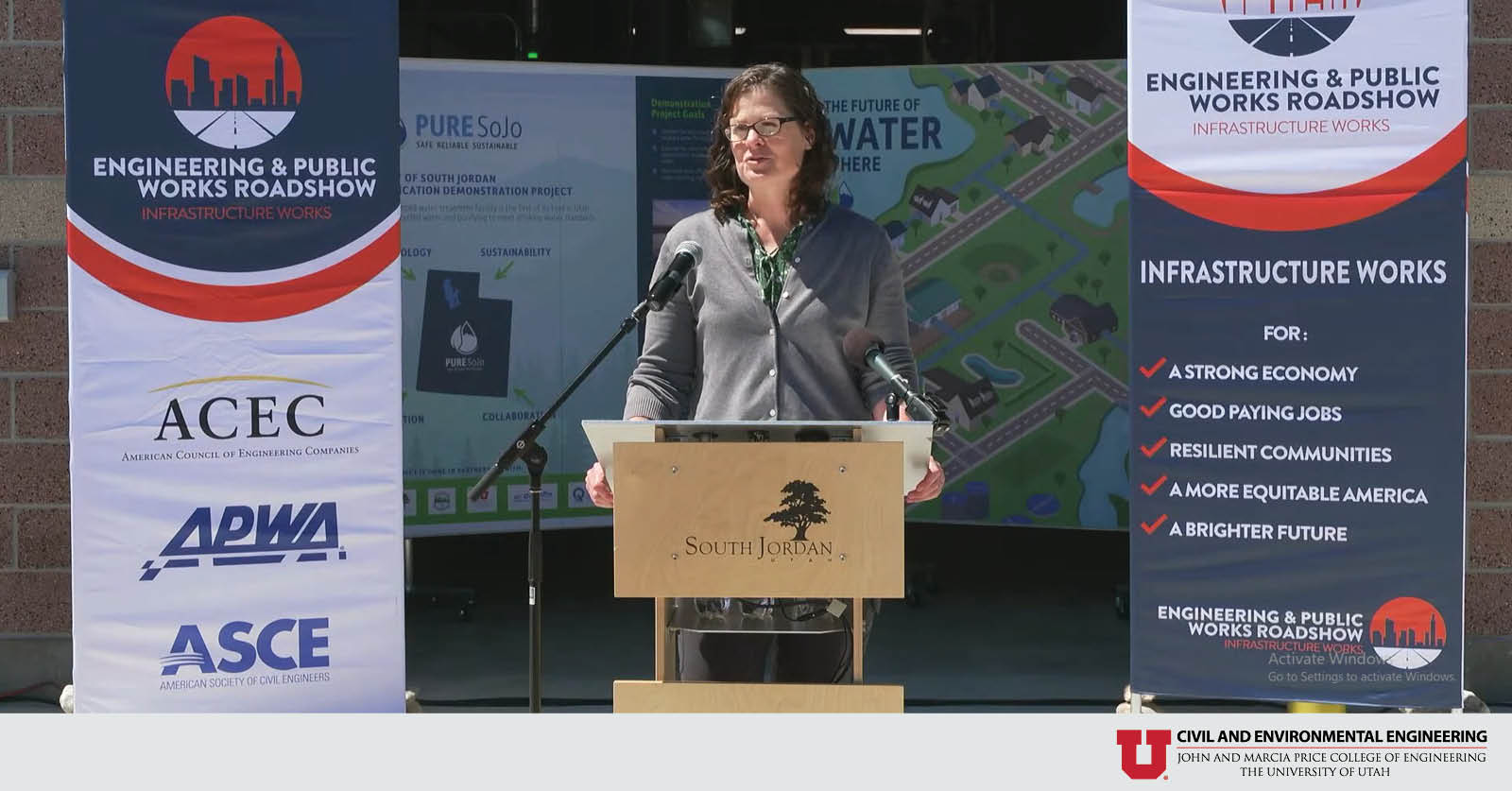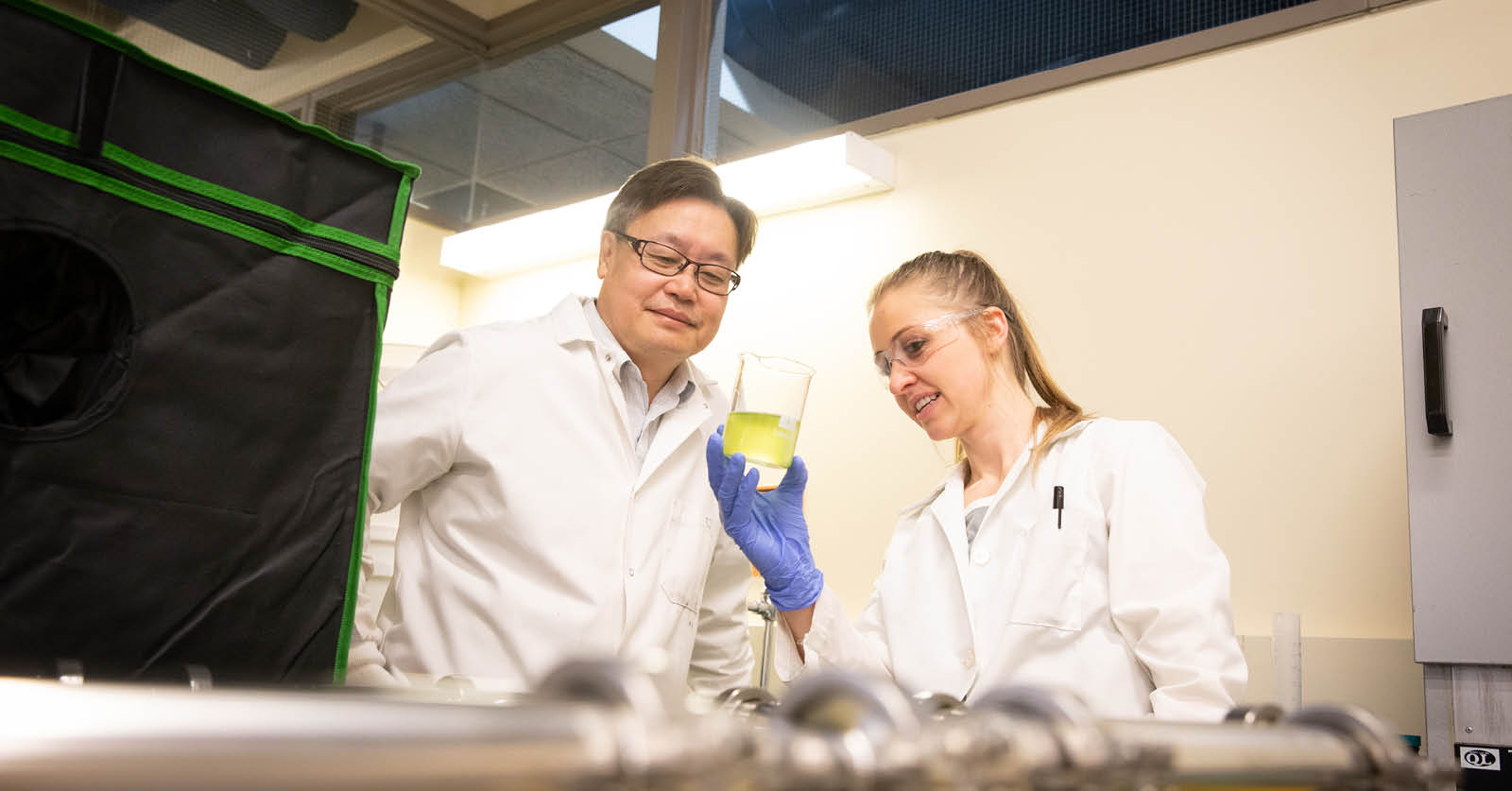NSF Awards $500,000 Collaborative Grant for Innovative Research Led by Jennifer Weidhaas
The National Science Foundation has awarded a $500,000 grant for Dr. Jennifer Weidhaas’s latest project, “Collaborative Research: Wastewater exposome as an untapped source for understanding air pollution burden in environmental justice communities.” Dr. Weidhaas, an Associate Professor of Environmental Engineering at the University of Utah, will lead the project, with Dr. Randal Martin, a Professor at Utah State University.
The research, which will continue into 2027, aims to uncover the environmental burdens faced by disadvantaged communities by offering a non-invasive method to verify air pollution exposure to toxic effects on humans through wastewater analysis.
A New Frontier in Disease Surveillance: Using Wastewater to Track Air Pollution Exposure
Chronic diseases, a major cause of preventable deaths in the U.S., are often linked to air pollution, which is known to exacerbate asthma, respiratory diseases, and other health issues. Dr. Weidhaas’s research is pioneering preventative solutions to mitigate these preventable deaths.
By analyzing air pollution metabolites found in urine, researchers can directly confirm human exposure to pollutants and the magnitude of health effects. This innovative project aims to explore the impact of air pollution on environmental justice communities by correlating air pollution levels, urine markers of exposure, and wastewater data. The findings may extend beyond air pollution to monitor other diseases, including cancer and mental health disorders.
Bridging Environmental Justice and Public Health
Investment in preventing non-communicable diseases has a high return on investment and paves the way for earlier, targeted public health interventions. This project will develop disease surveillance tools using wastewater-based epidemiology (WBE) methods, which will demonstrate that wastewater can reflect community exposure to air pollution. By focusing on socioeconomically disadvantaged communities with high levels of particulate matter (PM2.5) and polycyclic aromatic hydrocarbons (PAH), the project will use extracellular microRNA monitoring and mass spectroscopy detection of PAH metabolites in wastewater, alongside indoor and outdoor air sampling.
Engaging Title 1 schools and community members in sample collection and result dissemination through community meetings, this project aims to co-generate knowledge with environmental justice communities. While primarily focusing on air pollution exposure, this WBE approach has the potential to investigate a wide variety of non-communicable diseases associated with environmental exposures.
The project not only enhances our understanding of environmental justice issues but also presents new innovative public health solutions.
Environmental Engineering at the University of Utah
Environmental engineering research has a far-reaching impact, from influencing policy decisions to driving innovation in industry
Working within and throughout academia and industry, Environmental Engineering researchers at the U work to improve public health and quality of life, while protecting and restoring environmental systems.
Explore Environmental Engineering→
More news from our department:

PhD Student Omar Bakelli Completes RECS 2024 Program
Bakelli’s Participation Propels Him into the Forefront of Carbon Sequestration Research University of Utah PhD student Omar Bakelli recently participated in the 20th annual Research Experience in Carbon Sequestration (RECS) program, held from July 21-30, 2024, across Colorado and Wyoming. Sponsored by the U.S. Department of Energy (DOE), RECS 2024 provided an immersive experience for […]

U Grad Breaking Boundaries in Alzheimer’s Disease
Innovative Alzheimer’s Treatment Developed at the U Featured in Journal of Nuclear Medicine Alzheimer’s disease, a debilitating brain disorder with limited treatment options, has long challenged researchers. Specifically, researchers have struggled with slowing the buildup of amyloid beta plaques, harmful clumps in the brain that exacerbate the disease by damaging brain cells and causing memory […]

From Classroom Concepts to Real-World Impact
Dr. Weidhaas Champions Local Solutions for Water Reclamation in Arid Utah On June 18, 2024, Environmental Engineering Professor Dr. Jennifer Weidhaas shared her insights and experiences with the groundbreaking PureSojo project as part of the Engineering & Public Works Roadshow. This innovative initiative, developed in collaboration with the City of South Jordan, represents a significant leap […]

Nanobubbles: Tiny Powerhouses with Huge Potential
University of Utah Environmental Engineering Professor is at the Forefront of New Nanobubble Technology Peculiarly powerful, nanobubbles have opened a new frontier in science and engineering, creating promising environmental and medical applications. But what exactly is a nanobubble? Imagine a tiny water bubble that’s 2,500 times smaller than a single grain of salt. Then imagine […]

